Works作品紹介
父の家 My Father’s House (1998-)
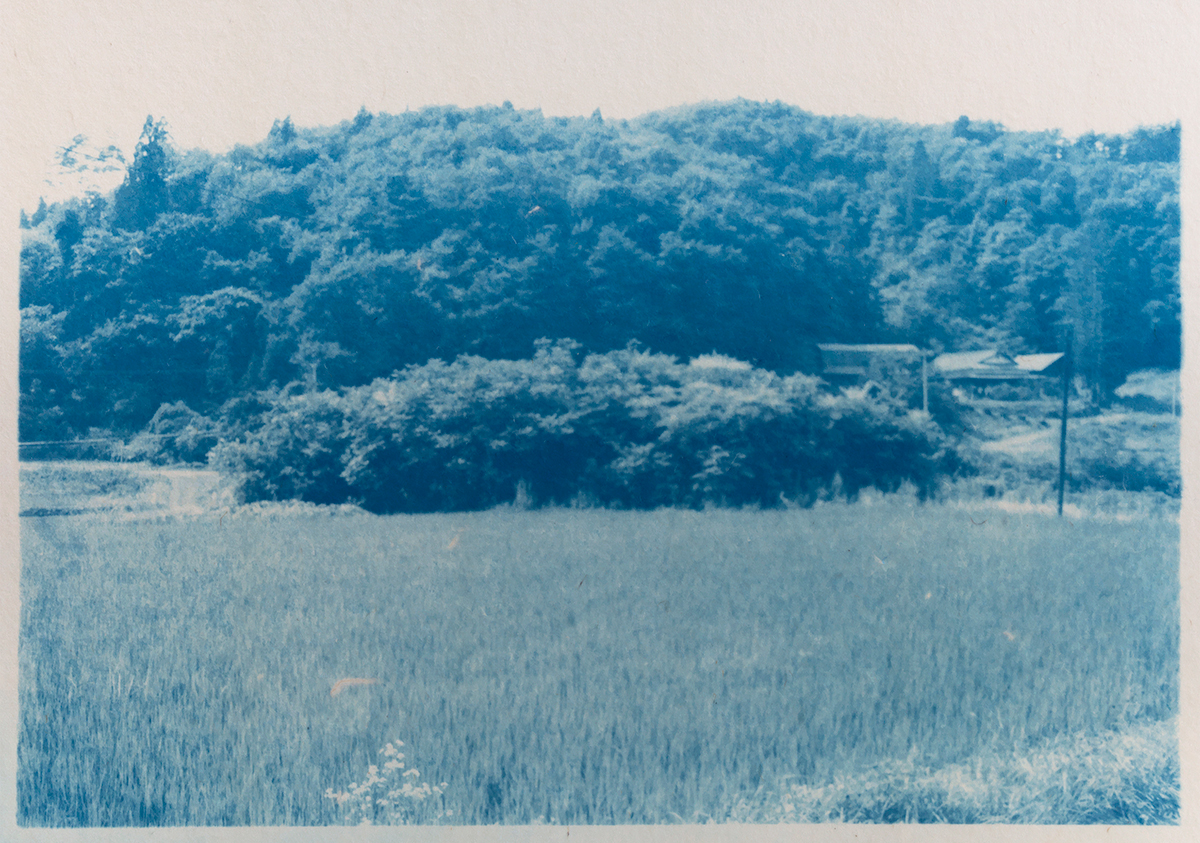
父の家 My Father's Houseより 《たらぽ山》 黒谷和紙にサイアノタイプ、2006年/2016年
From the series of My Father's House, Tarapo Mountain Cyanotype on Kurotani paper, 2006/2016
父の家
幼いころに日光写真の玩具で遊んだ日のことを、私は今でもときどき思い出します。その日はよく晴れた午後で、私はテラスに座ってイチョウの葉のフォトグラムを写していました。太陽の光によって、小さな印画紙の上に葉の形が浮かびあがるのを見て、私はとても驚き喜びました。しかし、しばらくするとその像は定着せずに消えてしまったのです。私はこの経験を忘れることができず、いつまでも覚えていました。
その後、私は大学で絵画を学びました。卒業したある日、私はあの消えたイチョウの葉のことを再び思い出しました。もう一度写し出すことはできないかと思い、図書館で調べると、偶然わずかな資料に出会いました。それは、幼いころに遊んだ玩具の日光写真とは違う写真技法で、19世紀写真黎明期にイギリスの天文学者ジョン・ハーシェル(Sir John Frederick William Herschel)が発明した“サイアノタイプ、Cyanotype”という青い写真の資料でした。
私はその資料を基に、夢中で青いプリントを始めました。私はあのイチョウの葉を思い出し、写した像がもう消えないようにと切望していたからです。
私にとって、写真プリントを作る過程の中で最も感動する瞬間は、現像液の中で潜像が浮かび上がるときです。私が20代初めにプリントを始めたとき、初めて像が現れるのを見たのはサイアノタイプの青でした。それ以来、「青」は私には写真制作の中心です。
また、私が写真制作の最初に選んだ主題は、岩手県花巻市東和町にある、父方の祖先の家とその地域でした。日本の手漉き和紙にプリントすると、紙に染み込む青い色と故郷の風景は、私たち家族や土地の風土の記憶と共鳴するイメージでした。
こうして20年間撮影しているシリーズ《父の家 My Father’s House》は、私の生涯の大事なテーマとして始まりました。
父方の家は、空き家になって四十年経ちました。山の周辺で先祖代々農業を営み、私で十三代目です。しかし、高度経済成長期のおわりの1970年代から、農業だけでは生活が厳しくて、父はこの地をはなれて町で働き始めました。集落のどの家族も同じ選択をしていましたので、ここは過疎化していきました。この現象は、日本の多くの地方でも同じようにみられます。
しかし私たち家族は、平日は町に住み仕事をしていましたが、週末だけ家族でこの場所に戻り、両親は畑を耕し山の手入れを続けました。小さい頃からそれを見てきた私は、撮影を始めると、当時の記憶はいくらでも呼び起こすことができました。撮影をすることは、父の話によく出てくる祖父母や、集落の人たち、今ここに生きる動物や植物と過ごす時間のように感じています。
私たちは家の修理はできなかったので、父の家は40年の年月とともに静かに朽ちていきます。私は父方の家の前に立つと、ここで生きた祖先の時系列やこの土地の歴史が見えてくる気がします。私は一人で毎月ここを訪れて、家の中や周囲に生える草を刈り、除雪をします。山の斜面は広く、一人では刈りきれないほどの草があり、私はしばしば途方に暮れるのです。それでも、祖父母が整えた山や育てた木々に、毎年食べ物が実る姿を見ると、この場所は、私たちが来るのを待っていてくれるような気がしてならないのです。
父は私に、この集落の地名がアイヌ語であることを教えてくれました。私は以前家の屋根裏に上ったとき、「イナウ」というアイヌの祭具が飾られているのを見つけました。私はアイヌの歌がこの裏山に響いていたのではないかと想像しました。また、東北ではこの数百年の間に、冷害の年が幾度かあり、作物が実らず多くの人が亡くなりました。今、家の脇には栃、栗などの古木が立っています。飢饉をのがれようと、大切に植えた木々なのかもしれません。人里離れた山の集落に、さまざまな時代に生きた人々の暮らしの物語が、重層的に入り混じっているのを感じます。
私は最近、東北地方を撮影する中で、地域の方々から、その土地の歴史や文化を伺う機会も多くなりました。父の家の集落に残されているものの意味や背景は、ほかの地域や時代とつながっていることもわかってきました。
はなれた場所に暮らしていても、父の家や裏山は、今どんな様子だろうといつも想像しています。私は父の家に通うとともに、それぞれの地域を訪ねて、長く共有されてきた私たちの記憶や背景を写し撮り、未来へ伝えられるように、現在の姿を定着していきます。
千葉奈穂子
2019年2月
My Father's House
I still remember the first time I played with a sunprint toy when I was a little child. It was a sunny afternoon, and I was sitting on our terrace as I made my first photogram of a ginkgo leaf. I was delighted as the shape of the leaf appeared on my small piece of photo paper, and was equally shocked as it soon faded away. It’s an experience I’ve never forgotten and still remember vividly.
Much later, I would go on to study painting at university. One day soon after graduation, the memory of the vanished ginko leaf came back to me. Wanting to reproduce that image, I headed to the library, where I stumbled upon a few books describing a process different from the toy I had played with as a child. They described something called “Cyanotype”, a blueprint technology invented by British astronomer Sir John Frederick William Herschel during the dawn of photography in the early 19th century. I was soon engrossed in making cyanotypes of my own, using the books for reference. That memory of my ginkgo leaf somehow compelled me to never lose another image.
For me, the most moving part of making a print is the moment when I see an image slowly emerge in the developer. When I first started making prints in my twenties, the first images I saw emerge were the blues of cyanotype, and the color “Blue” has been at the center of my photographic expression ever since. The subjects I first chose to explore through photography were the lands and homes of my father’s ancestors here in Towa town, Iwate Prefecture, located in the Tohoku region of northern Japan. The bluish hues of home permeated the handmade Japanese Washi paper and resonated with our family memories and the unique climate of the region. This is how “My Father’s House”, a series I have continued to shoot for 20 years, began and became such an important theme in my life.
I come from a line of farmers who have worked these mountains for thirteen generations. But at the end of Japan’s economic miracle in the 1970s, agriculture alone could not support our family, so my father had no choice but to leave his home to work in the city. Our house there has now been abandoned for over 40 years.
With many other families in the village forced to make similar choices, my father’s hometown was soon all but abandoned. This phenomenon has been observed in many other parts of Japan as well. But while our family lived and worked in town during the weekdays, we would all return to our rural home here on the weekends, when my parents would till the fields and take care of our mountain property. The moment I began photographing the village, those childhood memories came rushing back to me. Whenever I take photos there, I feel like I’m spending time with my grandparents and the old friends who often come up in my father’s stories, but I also feel close to the plants and animals that now inhabit the area.
Without anyone there to keep up with repairs, my father’s house has continued to quietly rot away. Yet, whenever I stand in front of it, I feel like I catch a glimpse of the chronology of my ancestors and a history of the place itself. I come here alone every month to cut the grass that grows both inside and outside the house. In winter I shovel snow. I often find myself unable to keep up with cutting the grass that grows in and around the house on our sprawling mountainous slope. Even so, I can’t help but feel like this place—the mountains that my grandparents tilled and the trees that they planted—awaits our return each year, especially when I see the fruits that continue to grow on the trees.
My father once told me that the village’s name comes from the Ainu language. And I once found an Ainu Inau prayer stick hanging on the wall when I ventured into the attic. It made me imagine the Ainu songs that may have echoed throughout the Iwate backcountry. Over the past few hundred years, there have been several times when extreme cold led to widespread crop failure and caused many in Tohoku to perish.
Many old chestnut trees now stand beside my father’s house. They may have been planted intentionally to avoid hunger in times of famine. In this secluded mountain village, I feel like the lives of so many people from different times are entwined, layer upon layer. Recently, the more I photograph Tohoku, the more opportunities I have to ask the locals about their histories and cultures. And the more I learn, the more I find that the meaning of the things that have been left behind in my father’s village are inextricably linked to these other places and times.
Now that I live far away, I find myself wondering more and more how my father’s house and our small village are doing. Through my visits there and to other parts of Tohoku, I hope to capture the memories and landscapes of places we have long shared, determined never to lose another image of the present, so that I may share them with the future.
Naoko Chiba
February 2019

父の家 My Father's Houseより 《祖父母と曾祖父 2005年6月》成島和紙にサイアノタイプ、2006年
From the series of My Father's House, Grandparents and great-grandfather, May 2005 Cyanotype on Narushima paper, 2006
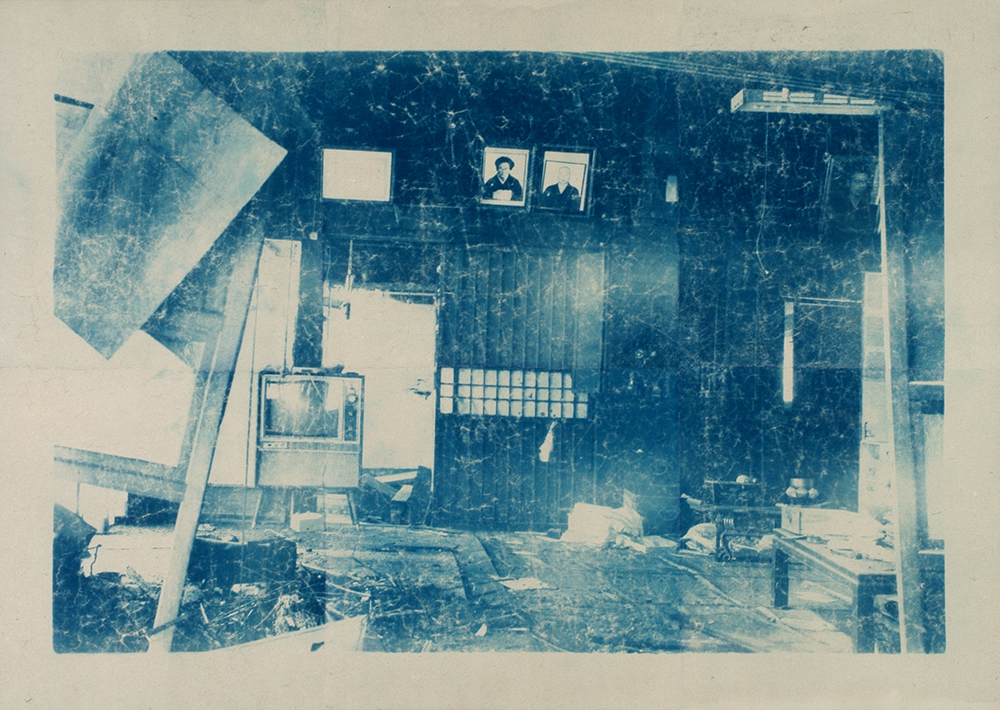
父の家 My Father's Houseより 《祖父母と曾祖父 2005年6月》成島和紙にサイアノタイプ、2006年
From the series of My Father's House, Grandparents and great-grandfather, May 2005 Cyanotype on Narushima paper, 2006

父の家 My Father's Houseより 《初梅》 黒谷和紙にサイアノタイプ、2011年
From the series of My Father's House, The First Plum Cyanotype on Kurotani paper, 2011
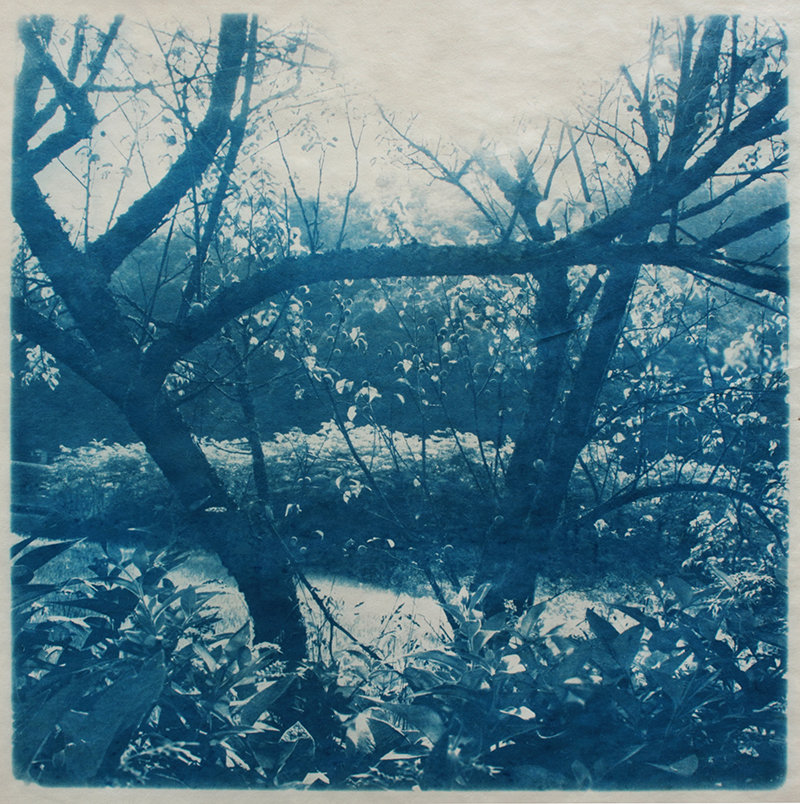
父の家 My Father's Houseより 《初梅》 黒谷和紙にサイアノタイプ、2011年
From the series of My Father's House, The First Plum Cyanotype on Kurotani paper, 2011

父の家 My Father's Houseより 《石と語る》黒谷和紙にサイアノタイプ、2011年
From the series of My Father's House, The Stone Said Cyanotype on Kurotani paper, 2011
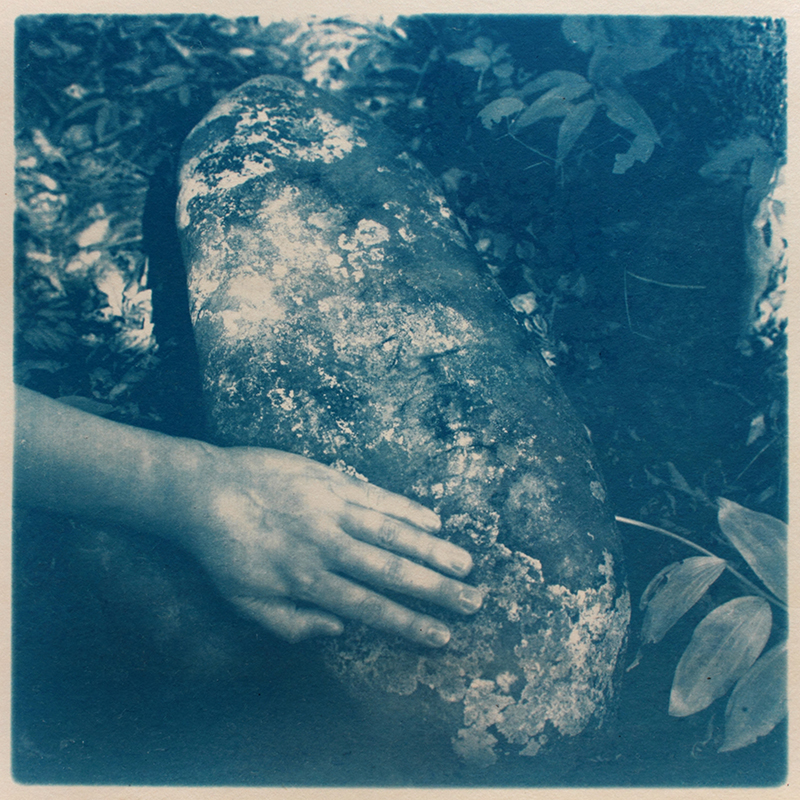
父の家 My Father's Houseより 《石と語る》黒谷和紙にサイアノタイプ、2011年
From the series of My Father's House, The Stone Said Cyanotype on Kurotani paper, 2011

父の家 My Father's Houseより 《行き来る》黒谷和紙にサイアノタイプ、2011年
From the series of My Father's House, Going and Coming Cyanotype on Kurotani paper, 2011
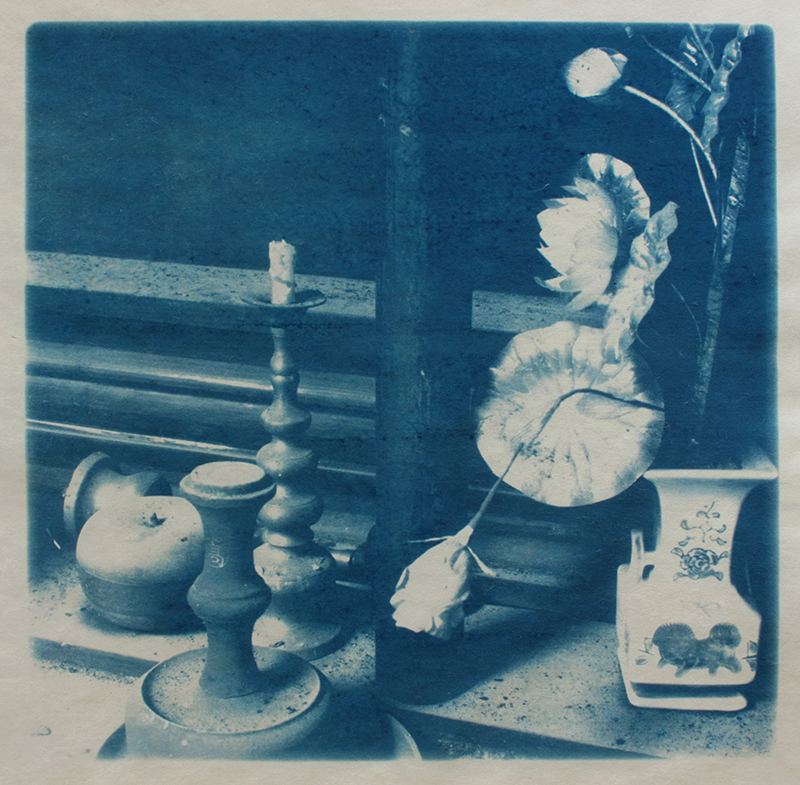
父の家 My Father's Houseより 《行き来る》黒谷和紙にサイアノタイプ、2011年
From the series of My Father's House, Going and Coming Cyanotype on Kurotani paper, 2011

父の家 My Father's Houseより 《雪畑》成島和紙にサイアノタイプ、2008年
From the series of My Father's House, The snow field Cyanotype on Narushima paper, 2008
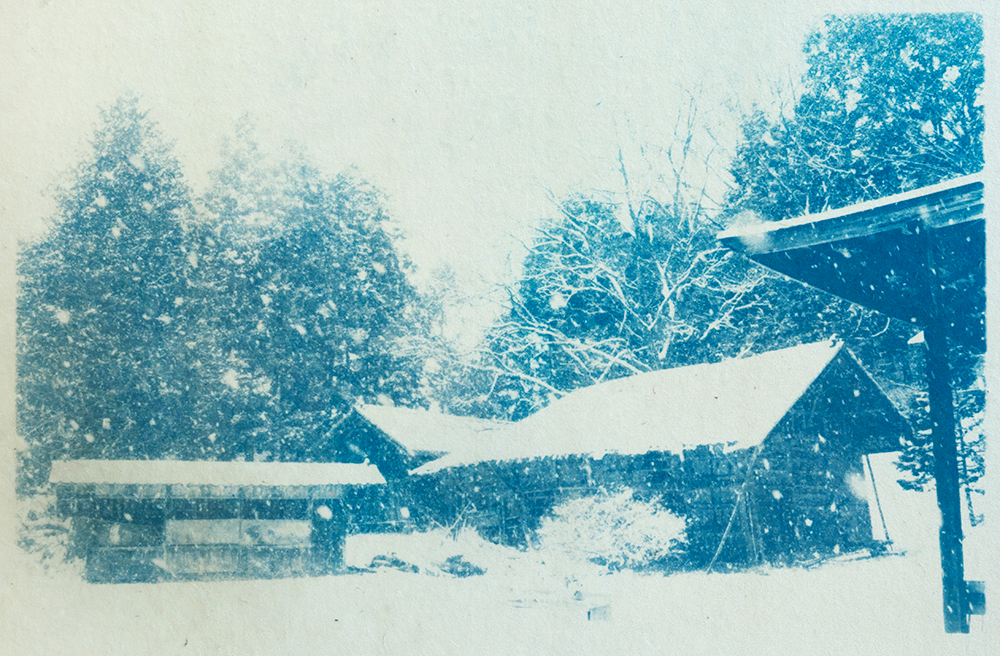
父の家 My Father's Houseより 《雪畑》成島和紙にサイアノタイプ、2008年
From the series of My Father's House, The snow field Cyanotype on Narushima paper, 2008

父の家 My Father's Houseより 《麦帽子》成島和紙にサイアノタイプ、2007年
From the series of My Father's House, The Straw Bonnet Cyanotype on Narushima paper, 2007
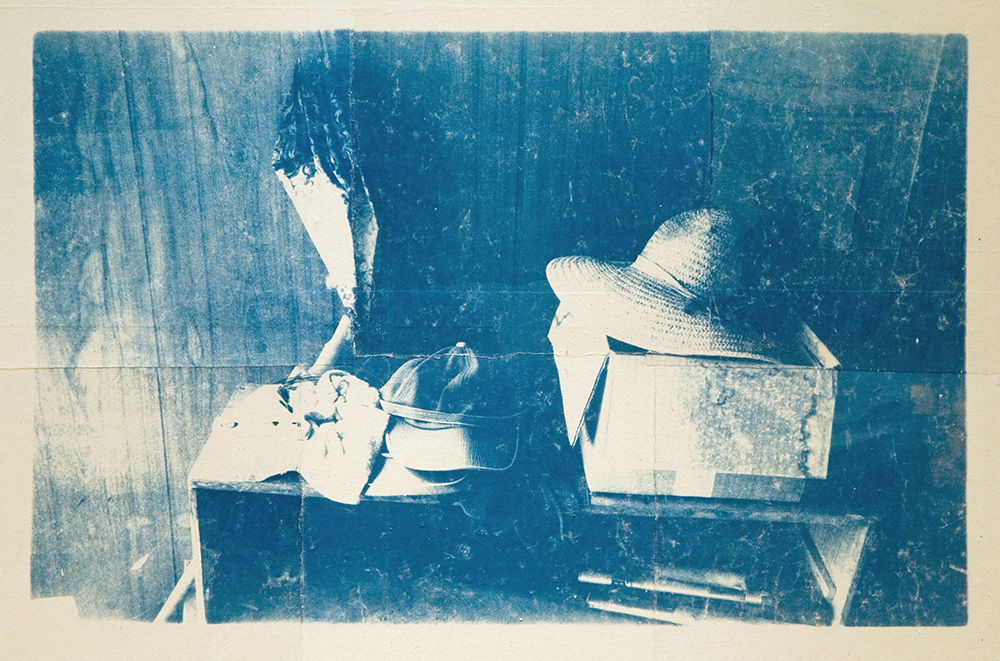
父の家 My Father's Houseより 《麦帽子》成島和紙にサイアノタイプ、2007年
From the series of My Father's House, The Straw Bonnet Cyanotype on Narushima paper, 2007

父の家 My Father's Houseより 《家族の肖像》ピンホールカメラによる撮影、ラムダプリント、2011年/2016年
From the series of My Father's House, Family Portrait Pinhole Photographs, lambda print, 2011/2016
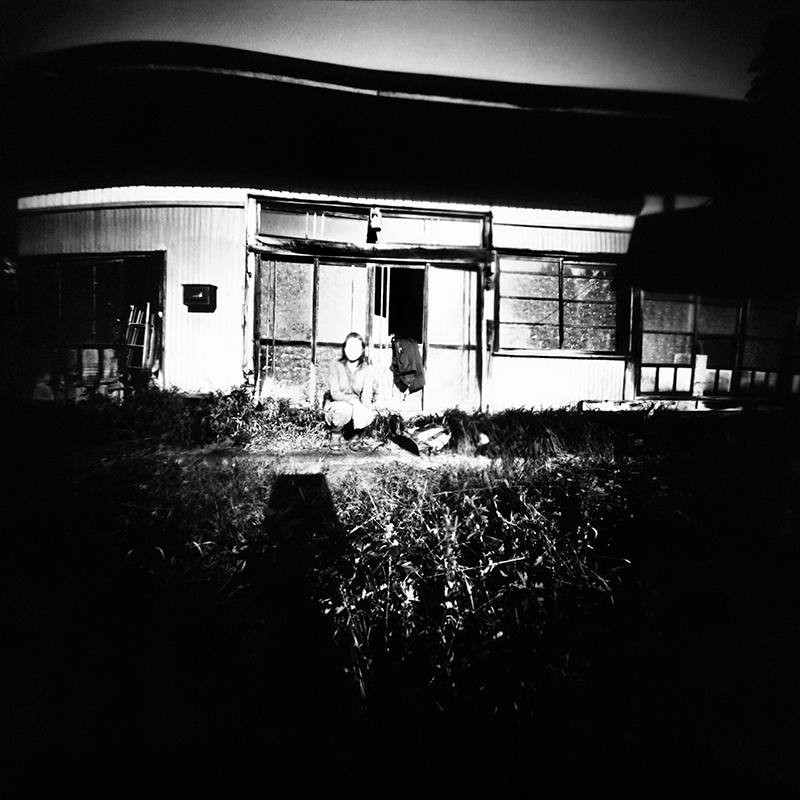
父の家 My Father's Houseより 《家族の肖像》ピンホールカメラによる撮影、ラムダプリント、2011年/2016年
From the series of My Father's House, Family Portrait Pinhole Photographs, lambda print, 2011/2016

父の家 My Father's Houseより 《鶏小屋 2021年3月》ゼラチン・シルバー・プリント、2022年
From the series of My Father's House, A Field-side Chicken Shed, March 2021 Gelatin silver print, 2022

父の家 My Father's Houseより 《鶏小屋 2021年3月》ゼラチン・シルバー・プリント、2022年
From the series of My Father's House, A Field-side Chicken Shed, March 2021 Gelatin silver print, 2022

父の家 My Father's Houseより 《ガラス戸と柱 2021年6月》ゼラチン・シルバー・プリント、2022年
From the series of My Father's House, The Glass Doors and Pillars, June 2021 Gelatin silver print, 2022
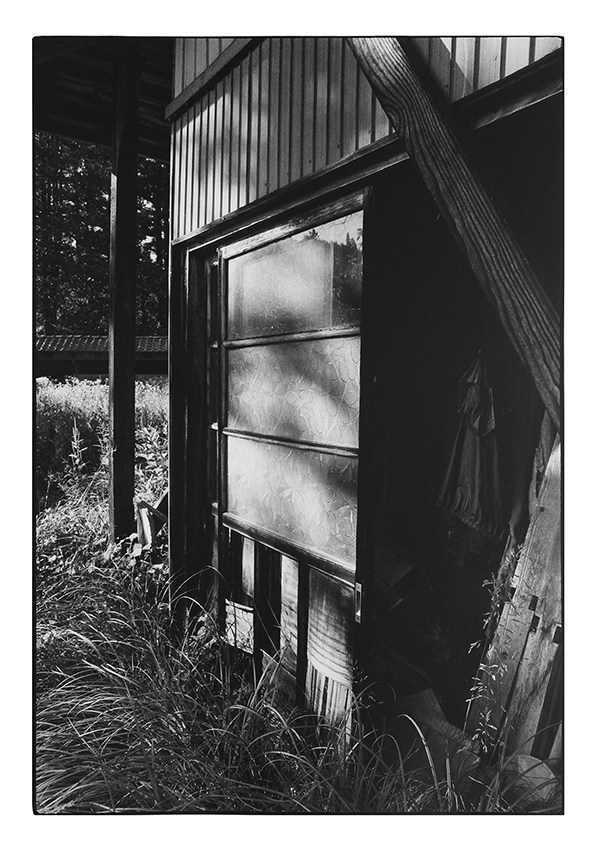
父の家 My Father's Houseより 《ガラス戸と柱 2021年6月》ゼラチン・シルバー・プリント、2022年
From the series of My Father's House, The Glass Doors and Pillars, June 2021 Gelatin silver print, 2022

父の家 My Father's Houseより 《冬のたらぽ山 2021年12月》ゼラチン・シルバー・プリント、2022年
From the series of My Father's House, Mt. Tarapo in Winter, December 2021 Gelatin silver print, 2022
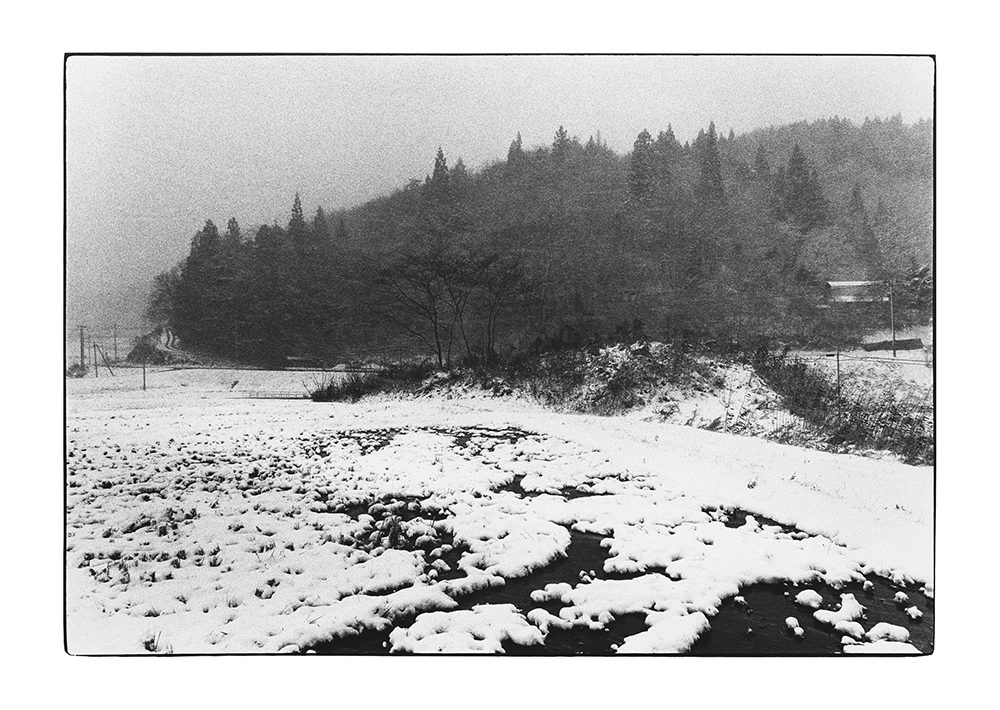
父の家 My Father's Houseより 《冬のたらぽ山 2021年12月》ゼラチン・シルバー・プリント、2022年
From the series of My Father's House, Mt. Tarapo in Winter, December 2021 Gelatin silver print, 2022

父の家 My Father's Houseより 《クリの木と雪 2021年12月》ゼラチン・シルバー・プリント、2022年
From the series of My Father's House, A Chestnut Tree in Winter, December 2021 Gelatin silver print, 2022

父の家 My Father's Houseより 《クリの木と雪 2021年12月》ゼラチン・シルバー・プリント、2022年
From the series of My Father's House, A Chestnut Tree in Winter, December 2021 Gelatin silver print, 2022

父の家 My Father's Houseより 《畑の長靴 2006年10月》黒谷和紙にサイアノタイプ、2022年
From the series of My Father's House, Boots for the Field, October 2006 Cyanotype on Kurotani paper, 2022
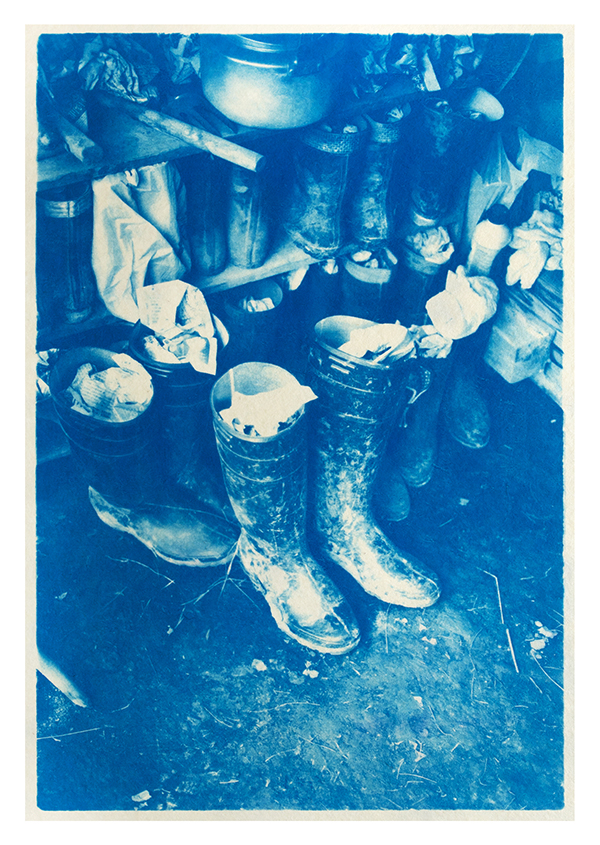
父の家 My Father's Houseより 《畑の長靴 2006年10月》黒谷和紙にサイアノタイプ、2022年
From the series of My Father's House, Boots for the Field, October 2006 Cyanotype on Kurotani paper, 2022
